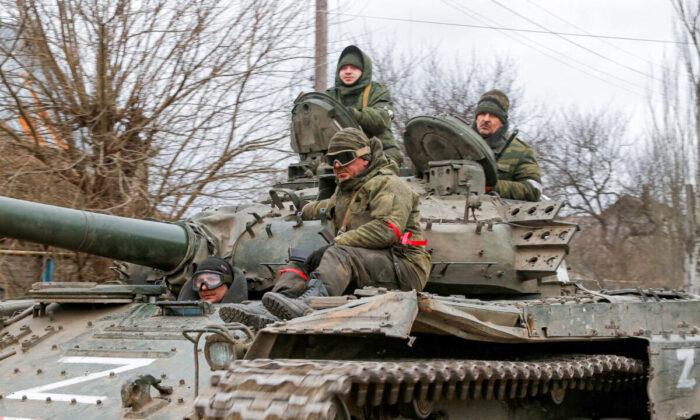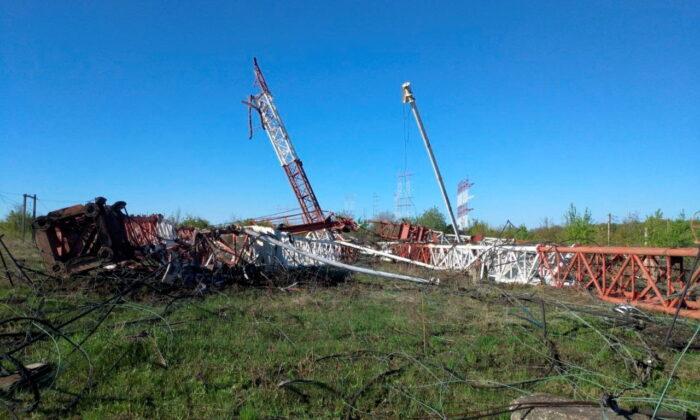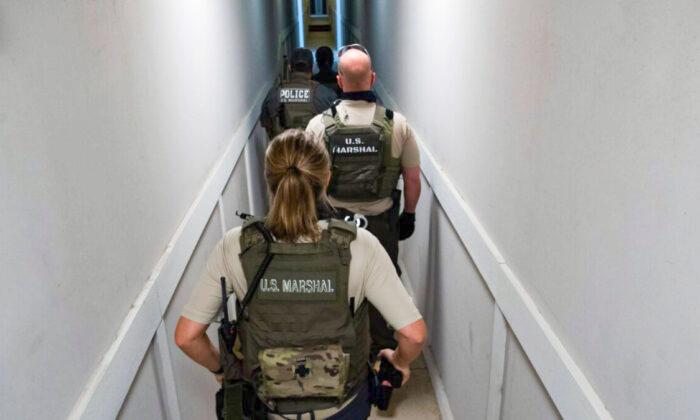Russia on July 27 sent a Su-27 fighter jet to intercept a U.S. Navy plane over the neutral waters of the Black Sea, according to its defense ministry.
Russia’s defense ministry said in a statement on July 27 that the U.S. plane, identified as a P-8 Poseidon, was approaching the Russian border. The U.S. State Department has yet to comment on the claims.
An “aerial target” was picked up on a radar, and a Su-27 fighter jet took off from a coastal airfield to approach the Boeing P-8A Poseidon maritime patrol aircraft from a safe distance, it said.
“On July 27, 2020, Russian airspace control means spotted an aerial target approaching the Russian state border over the Black Sea neutral waters,” the statement said. “A Su-27 fighter jet of the Southern Military District’s air defense forces was scrambled to intercept the target.”
The P-8 Poseidon surveillance plane then changed course to move away from the Russian border, while the Russian fighter jet returned to base.
“The Su-27 plane’s flight was performed in strict compliance with international rules of the use of airspace,” the ministry added. “The Russian border was not violated.”
It followed two separate incidents last week, which saw the same fighter jet sent to intercept a Boeing P-8A Poseidon over the Black Sea, and escort it away from Russian airspace on Thursday and Friday.
“The entire flight of the Russian Su-27 plane proceeded in strict compliance with the international rules of using the airspace,” the National Defense Control Center said at the time.
The P-8, based on Boeing’s 737-800 airframe, conducts anti-submarine warfare, anti-surface warfare and shipping interdiction, and also carries electronic support measures, torpedoes, Harpoon anti-ship missiles and other weapons.
The incident comes days after U.S. President Donald Trump and Russian President Vladimir Putin discussed arms control, and “critical bilateral and global issues” during a phone call.
President Trump reiterated his hope of avoiding an expensive three-way arms race between China, Russia, and the United States and looked forward to progress on upcoming arms control negotiations in Vienna,” White House spokesman Judd Deere said in a statement.
The Kremlin’s readout of the call said the parties reaffirmed “the timeliness of bilateral consultations” on arms control issues, including the New Strategic Arms Reduction Treaty.
The two leaders also expressed a mutual desire to develop trade and economic interaction between Russia and the United States, the Kremlin added.





